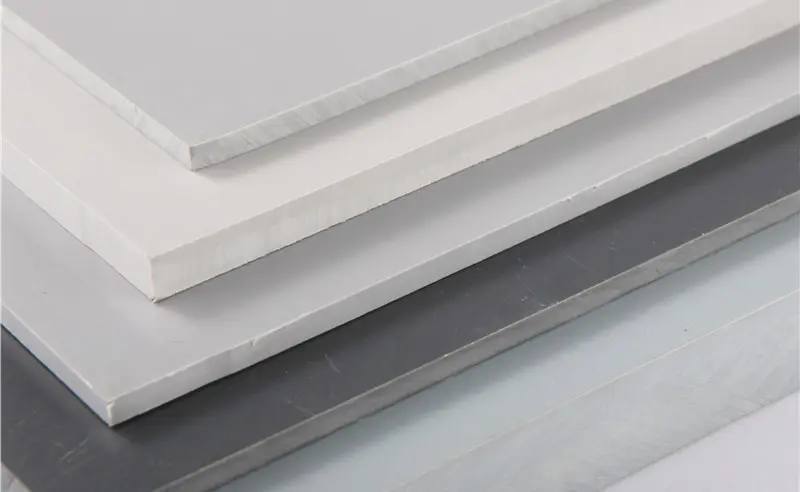Nov . 15, 2024 12:53 Back to list
hdpe conduit pipe
HDPE Conduit Pipe A Comprehensive Overview
High-Density Polyethylene (HDPE) conduit pipes are fundamentally revolutionizing the way various services are delivered across industries. Known for their durability and versatility, HDPE pipes have found applications in telecommunications, electrical installations, and even civil engineering projects. This article will explore the key characteristics, advantages, applications, and future trends associated with HDPE conduit pipes.
Characteristics of HDPE Conduit Pipe
HDPE conduit pipes are made from high-density polyethylene, a thermoplastic that is known for its strength-to-density ratio. This material provides a number of beneficial properties, including resistance to corrosion, impact, and chemicals. Additionally, HDPE pipes are lightweight, making them easier to handle and install while also reducing transportation costs. The smooth interior surface of these pipes minimizes friction, thus enabling efficient fluid flow and reducing energy costs associated with pumping.
Advantages of HDPE Conduit Pipe
One of the most significant advantages of HDPE conduit pipes is their longevity. When properly installed, they can last for over 50 years, making them a cost-effective option in the long run. Furthermore, HDPE pipes are less prone to cracking or breaking under pressure, thanks to their flexibility. This flexibility is particularly beneficial in areas that may experience ground shifting or subsidence.
Another notable benefit is the environmental aspect of HDPE pipes. They are 100% recyclable and can be reused for various applications, reducing the amount of waste produced in landfills. This eco-friendly attribute aligns with global sustainability efforts, appealing to companies and industries focused on minimizing their carbon footprint.
Applications of HDPE Conduit Pipe
hdpe conduit pipe

The versatility of HDPE conduit pipes allows for a wide range of applications. In the telecommunications sector, they are used to house fiber optic cables, protecting them from environmental threats and physical damage. Similarly, in electrical installations, HDPE conduits safeguard electrical wires, ensuring safety and compliance with regulatory requirements.
Moreover, HDPE pipes can also be utilized in drainage systems and water supply networks. Their resistance to corrosion makes them ideal for carrying both clean and wastewater. Additionally, with the rise of trenchless technology, HDPE pipes are frequently used in horizontal directional drilling, minimizing surface disruption during installation.
Future Trends
The future of HDPE conduit pipes appears bright, with ongoing research and development aimed at enhancing their properties and applications. Innovations such as smart pipes embedded with sensors for real-time monitoring are on the horizon. These developments are aimed at increasing efficiency in utility management, which can potentially lead to significant cost savings for municipalities and industries alike.
Furthermore, as the construction industry embraces more sustainable practices, the demand for HDPE conduit pipes is expected to rise. Their recyclable nature and the possibility of reducing the overall carbon footprint of projects make them an appealing choice for environmentally conscious stakeholders.
Conclusion
In conclusion, HDPE conduit pipes represent a significant advancement in piping technology. Their multitude of advantages, ranging from durability and flexibility to environmental sustainability and versatility, make them an exceptional choice for various applications. As industries evolve and adopt more efficient and eco-friendly practices, HDPE conduit pipes will undoubtedly play a crucial role in shaping the future of infrastructure and utilities.
-
Premium HDPE Water Supply Pipes: Durable & Leak-Proof
NewsAug.03,2025
-
Premium PVC-M Water Supply Pipe - Durable & Efficient
NewsAug.02,2025
-
Premium PP Welding Rod: GPT-4 Turbo Enhanced
NewsAug.01,2025
-
HDPE Drainage & Irrigation Pipe - Durable, Efficient Solutions
NewsAug.01,2025
-
Premium PVC Transparent Pipe: Durable & Clear Solutions
NewsJul.31,2025
-
High-Quality UPVC Electrical Pipe for Safe Wiring Solutions
NewsJul.30,2025

